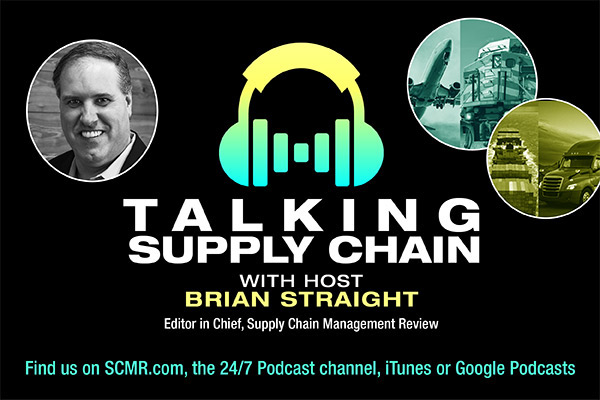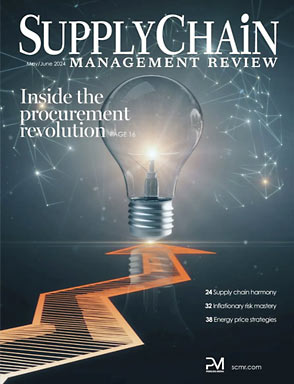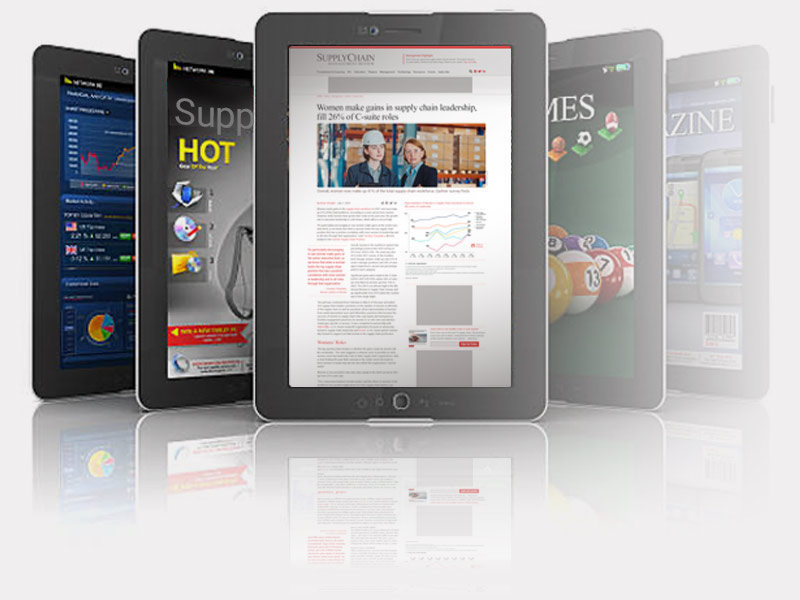AFS Logistics, a 3PL provider, and Cowen Research released the January 2022 Cowen/AFS Freight Index, a quarterly performance snapshot with predictive pricing tools for multiple sectors within the freight industry. Overall, the combination of record high general rate increases (GRIs) announced by the parcel carriers and most LTL carriers in the fall of 2021, along with ongoing strong pricing power for Truckload, is expected to send transportation costs to record levels in Q1 of 2022.
“Our data and forecasting models indicate that shippers should expect and plan for the higher costs from the last quarter of 2021—which included the peak holiday season—to continue into the first quarter of 2022,” said Tom Nightingale, Chief Executive Officer at AFS Logistics. “It’s a perfect storm that’s led to rising shipping rates across the board. When you combine historically high GRIs with escalating surcharges, the usual mitigating factors such as reduced weight or shorter distance aren’t enough to counterbalance the carrier’s pricing power and the resulting higher rates.”
The Cowen/AFS Freight Index offers a forward-looking comprehensive view that leverages both past performance and a machine-learning forecast for the balance of the quarter. The predictions are derived from AFS Logistics’ freight data across transportation modes including truckload, LTL, parcel express and parcel ground sectors.
“The two LTL GRIs in 2021—one in February and another in November—was a double whammy for shippers,” said Jason Seidl, Cowen Senior Analyst for Airfreight & Surface Transportation. “This gave carriers significant pricing power and they’re leveraging it.” Seidl also noted “the gap between the published parcel General Rate Increases and realized pricing is as large as we have seen in quite some time which should aid carriers.”
In the last quarter of 2021, pricing power from carriers remained very strong due to the continuing pandemic and robust demand. Mitigating factors such as a 7.3% decrease in average length of haul were not enough to offset rate increases from carriers.
There was a year-over-year increase of 9% in full truckload shipment growth and more demand forced shipments into the spot market with more volatile rates. Looking into the first quarter of 2022, these conditions will persist. The index is expected to reach a new high of 28.2% compared to the Cowen/AFS Truckload Freight Index baseline of January 2018 and compared to 25.0% in Q4 2021.
There’s a similar outlook for LTL freight. In 2021, carriers announced two GRIs rather than the typical one GRI announced early in the year. Even though weight was decreasing, the cost per shipment increased. Also contributing to the outlook were the punitive accessorial charges for excessive length (ranging from $1,000 to $3,500) implemented in Q4 of 2021 and an increase of 12.4% in fuel surcharges.
These conditions will continue into the first quarter of 2022. Despite the typical seasonal dip, skyrocketing rates will persist through March of 2022. Central Freight Lines ceasing operations in December 2021 has also exacerbated the capacity shortage in the LTL market. In addition, ongoing industry consolidation has resulted in the top 10 carriers now controlling over 70% of all LTL freight—with labor shortages and increased demand. Overall, the Cowen/AFS LTL Freight Index is expected to stay relatively level with Q4 of 2021, with a 35.8% increase compared to the January 2018 baseline.
SC
MR


More Ports & Shipping
- U.S.-bound containerized import shipments are up in June and first half of 2024
- Building resilience in manufacturing
- One door closes, a better one opens
- AI liftoff delayed?
- The key to good data management? Start with good data
- Procter & Gamble’s Amy Rardin announced as NexGen Supply Chain keynote speaker
- More Ports & Shipping
Latest Podcast

 Explore
Explore
Procurement & Sourcing News
- AI-driven sourcing: Why the speed of change is going to only accelerate
- A Silk Road city
- U.S.-bound containerized import shipments are up in June and first half of 2024
- Boeing turned to Fairmarkit, AI to help land its tail spend
- When disaster strikes, the supply chain becomes the key to life
- A smarter approach to sustainability is vital for healthy, resilient supply chains
- More Procurement & Sourcing
Latest Procurement & Sourcing Resources

Subscribe

Supply Chain Management Review delivers the best industry content.

Editors’ Picks





